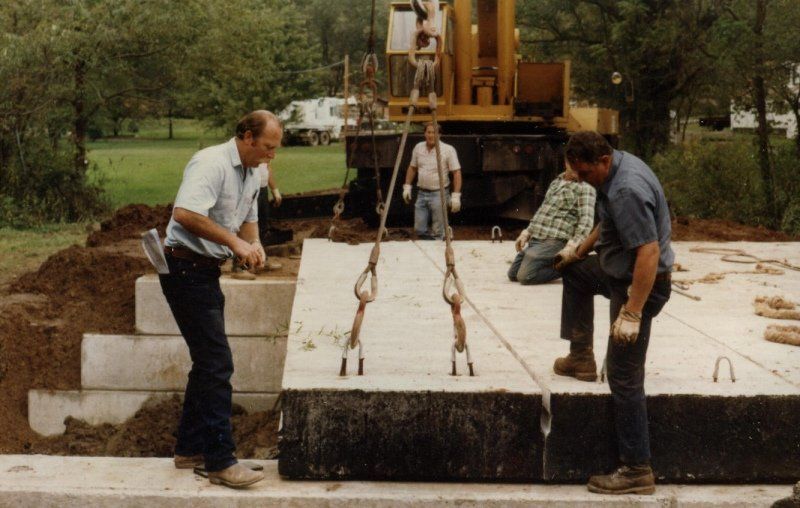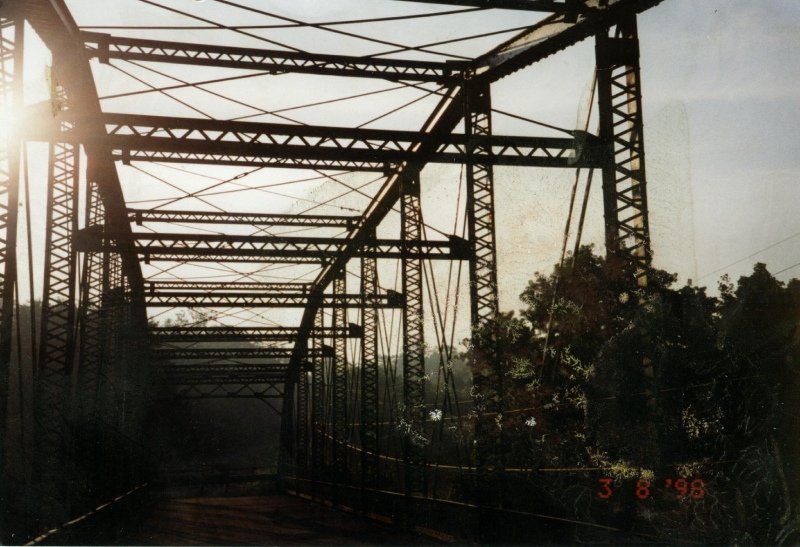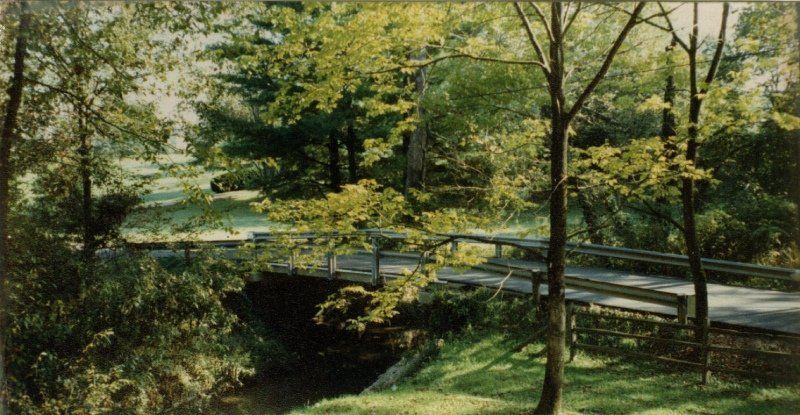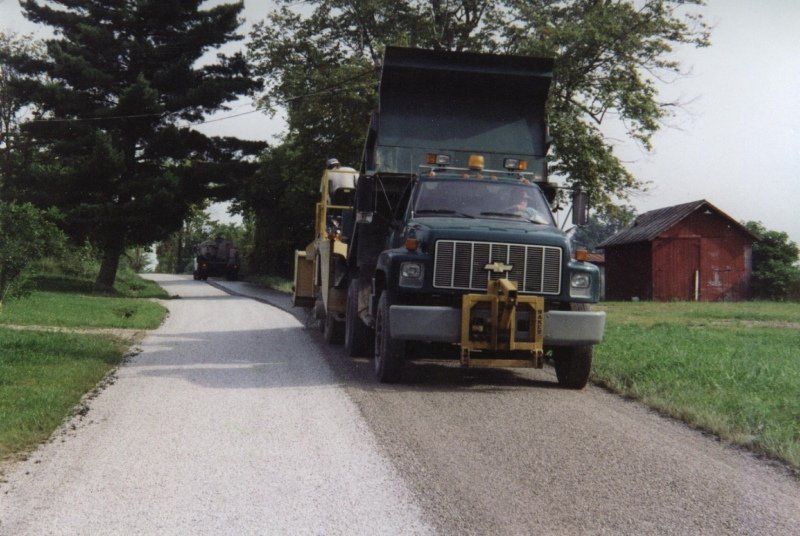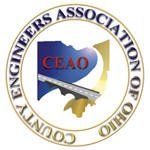Today, the elected County Engineer is sworn to “perform for the county all duties authorized or declared by law to be done by a Civil Engineer or Surveyor.” Although specifically exempt from engineering duties affecting public buildings, the County Engineer is the engineer for all public improvements under the authority of the board of commissioners within and for the county. For example, in Ohio, County Engineers are responsible for more than 27,000 bridges; 29,000 miles of highways; and manage budgets between $2,500,000 and $40,000,000 annually.
Ohio has the most rigorous standards in the United States for qualifying its Professional County Engineers. Ohio requires its County Engineers to be both fully licensed as a “Registered Professional Engineer” and a “Registered Professional Surveyor” for the office of County Engineer. To achieve both accreditations requires a minimum of a college degree in engineering and surveying, four years of experience in engineering, four years of experience in surveying and 16 hours of testing for each license.
As a group, Ohio’s County Engineers are recognized leaders in the nation because of their professionalism and innovations relating to the maintenance of highways and bridges. Ohio’s requirement for professional licensing in both Engineering and Surveying, the fact that the position is elected and the fact that the gasoline taxes and license plates fees are dedicated to the repair and maintenance of highways and bridges by the state’s constitution, allows these elected professionals to utilize the scarce resources in an efficient and professional manner. Almost 20% of Ohio’s County Engineers hold advanced or additional degrees. As a group, they represent over 1,700 years of public works experience. This averages to 20 years per engineer. On average they have held licenses as Professional Engineers for 25 years and have held licenses as Professional Surveyors for 21 years.


